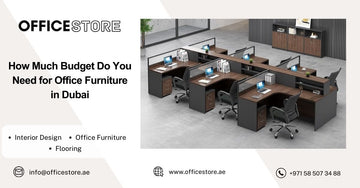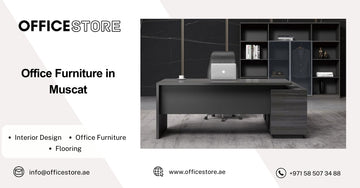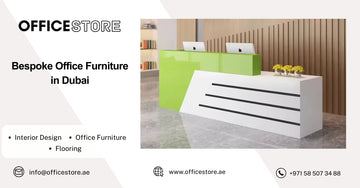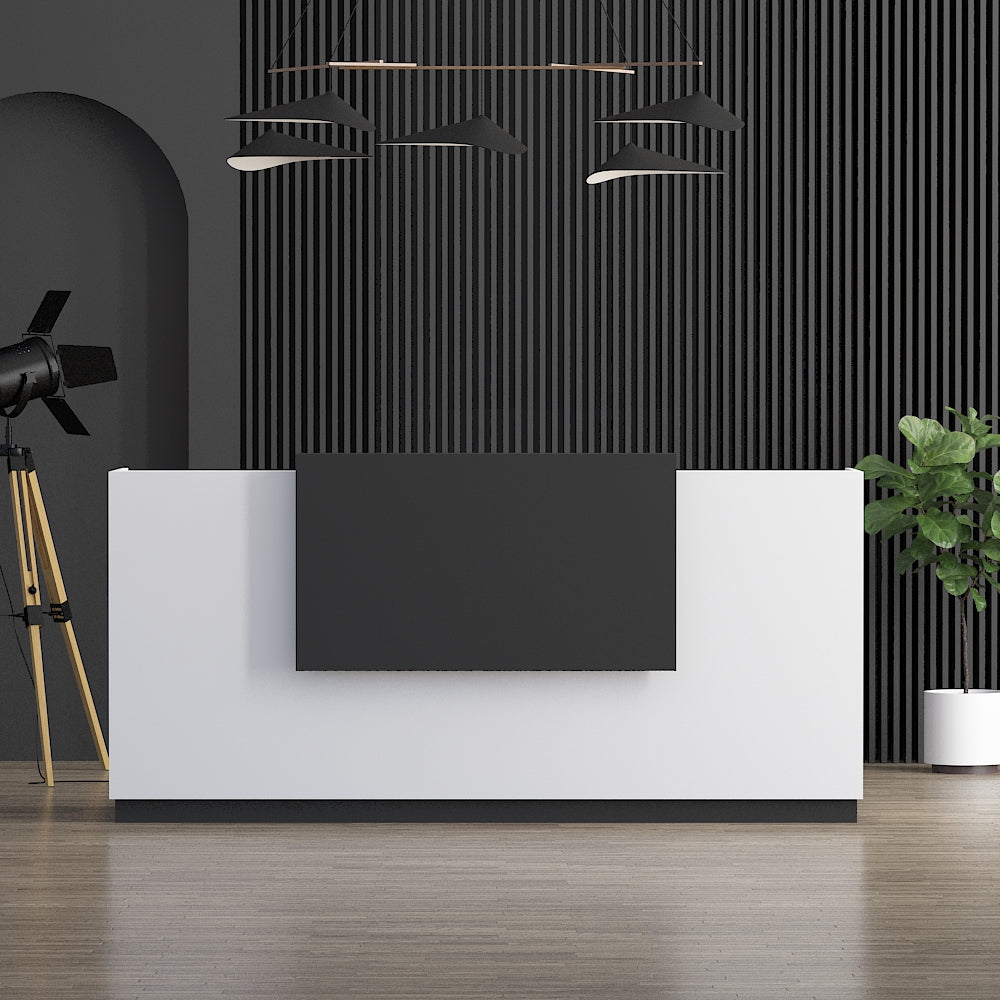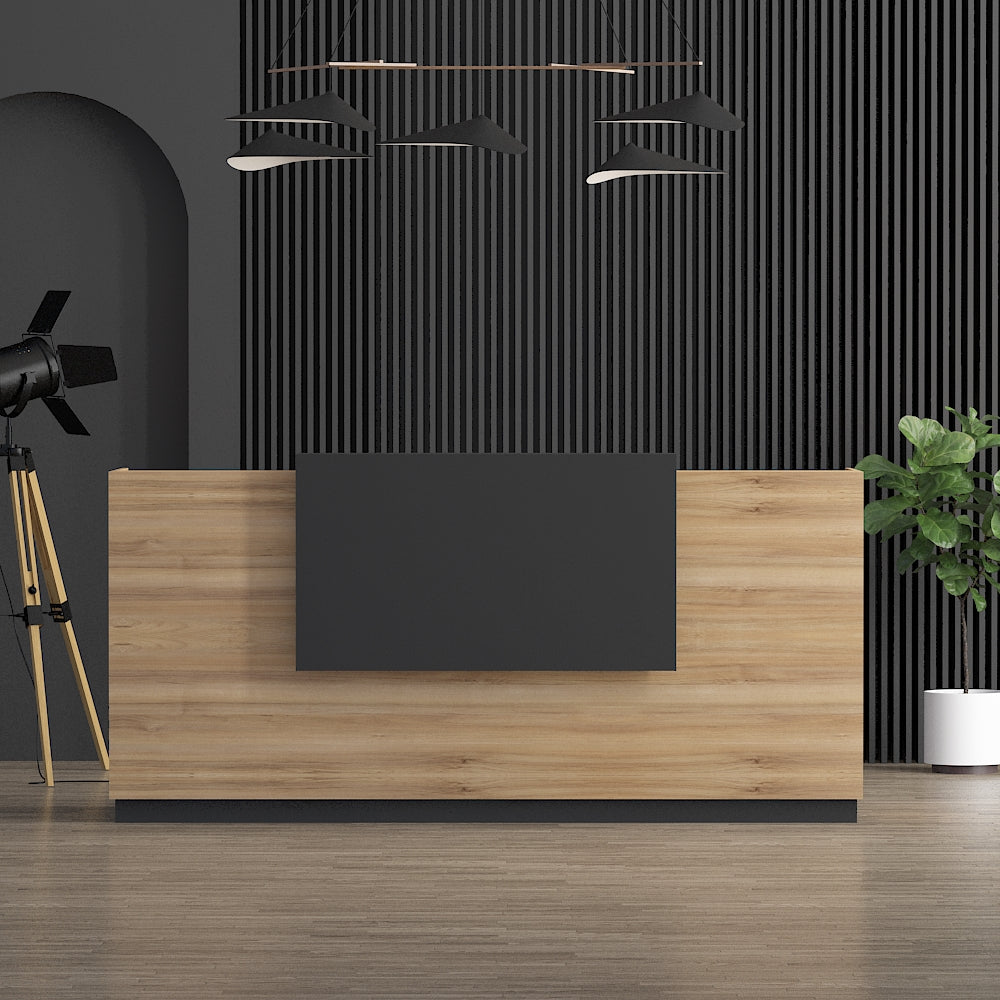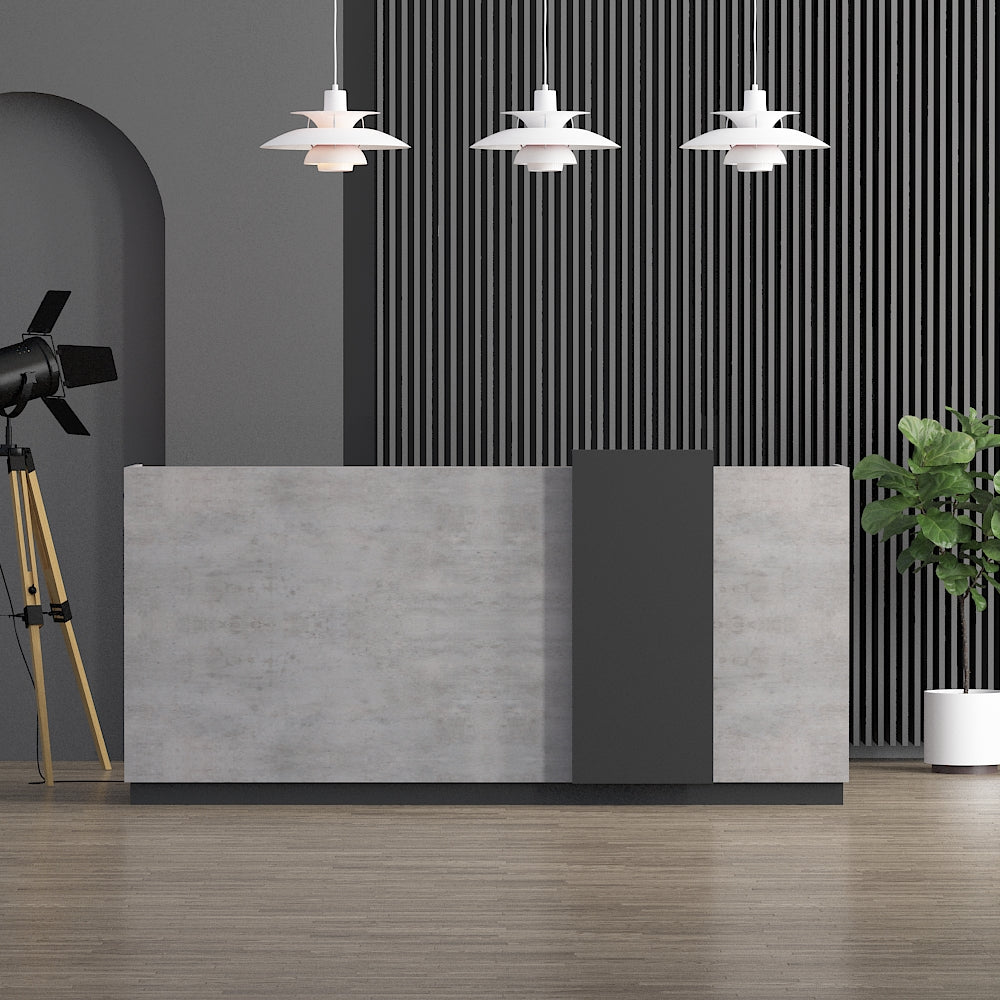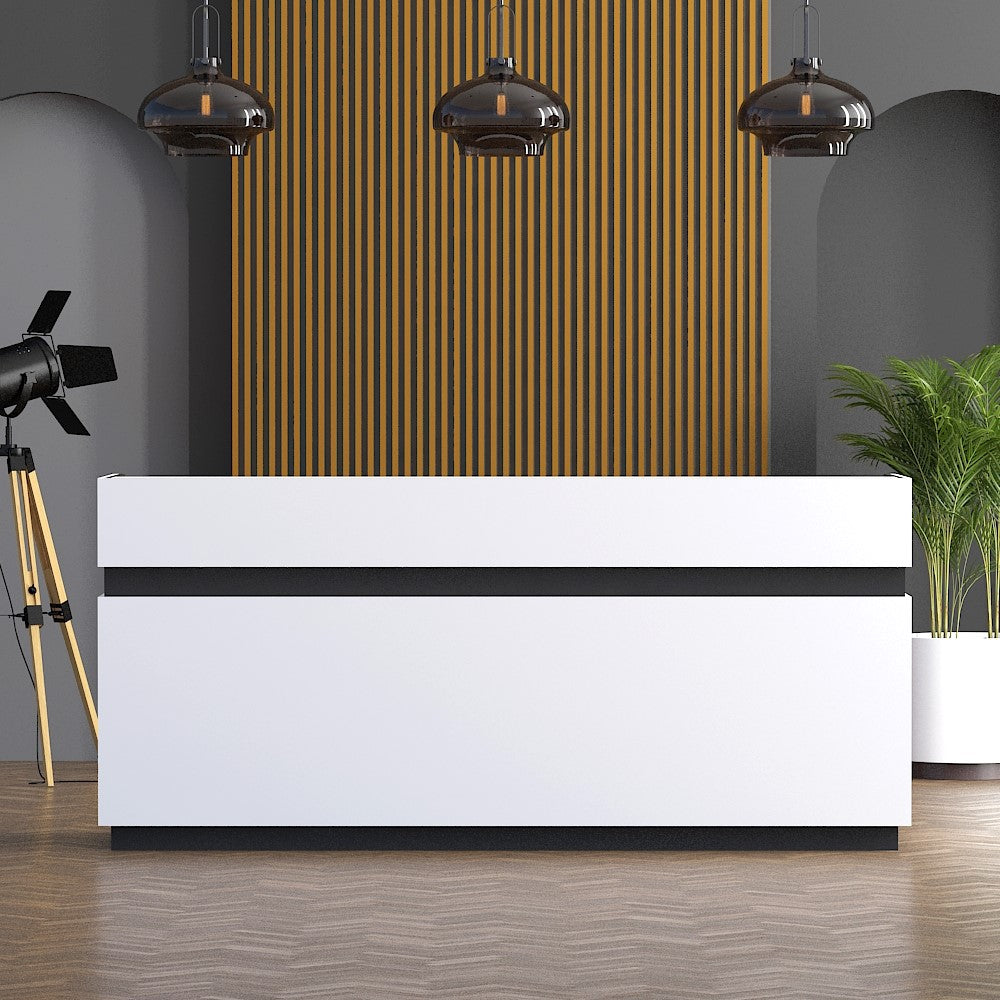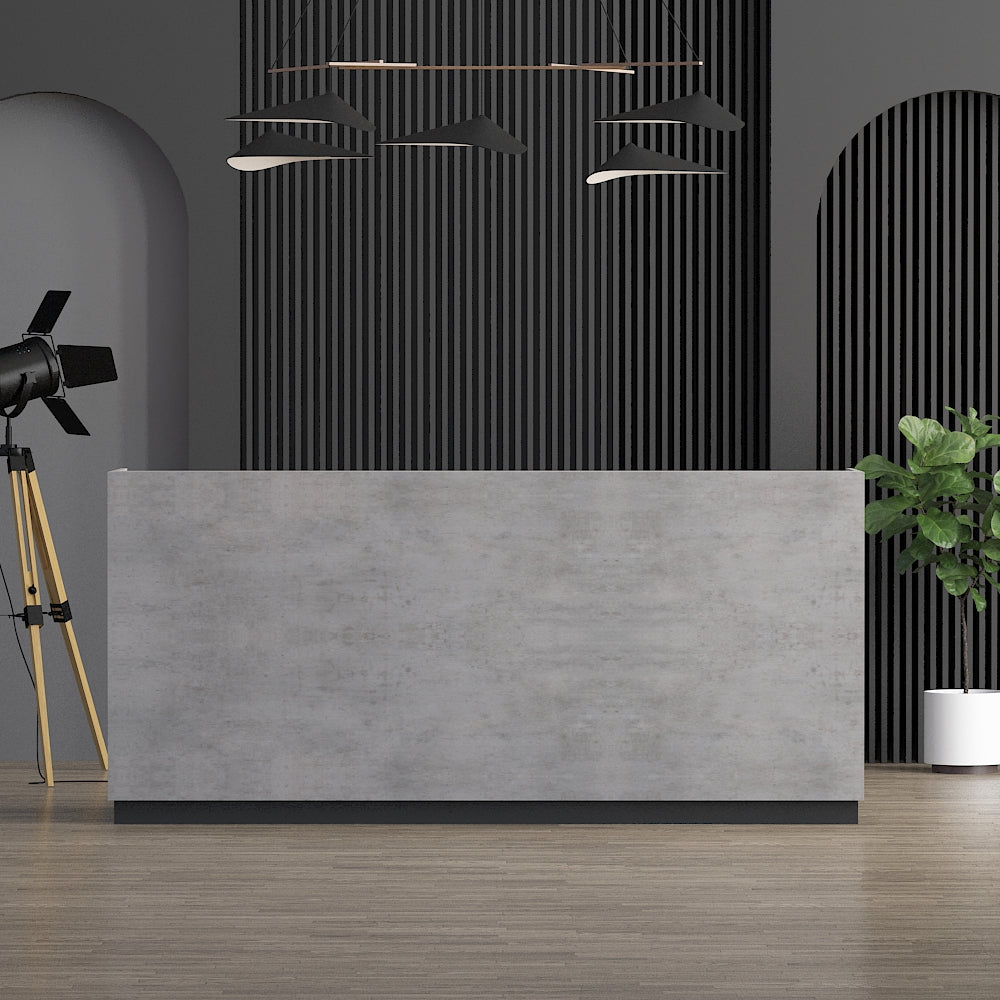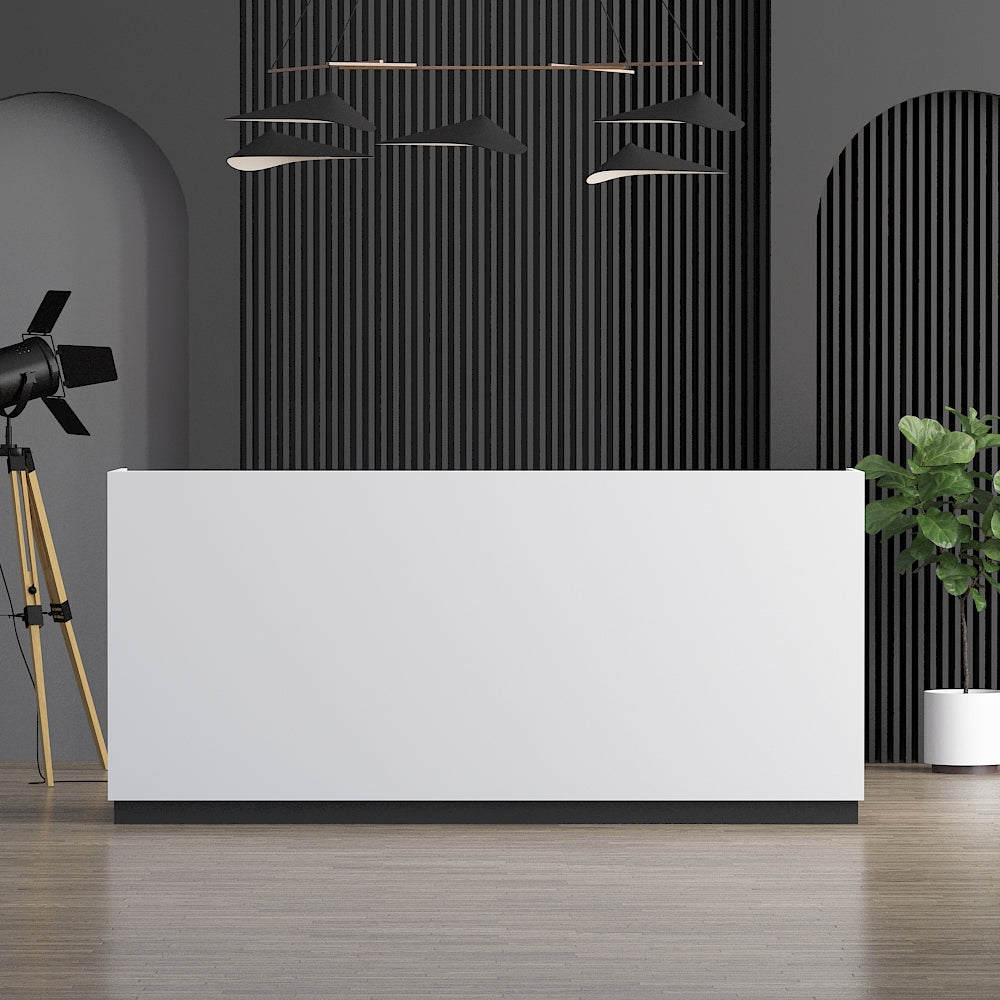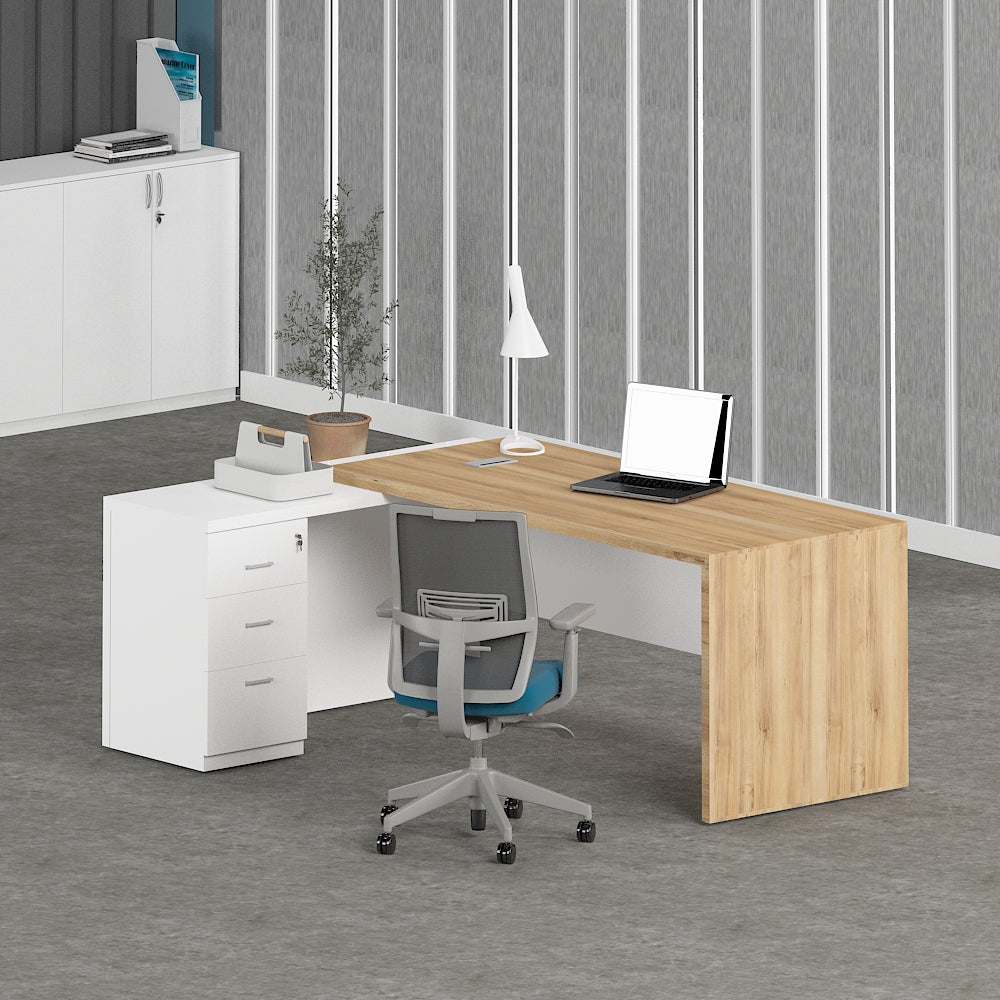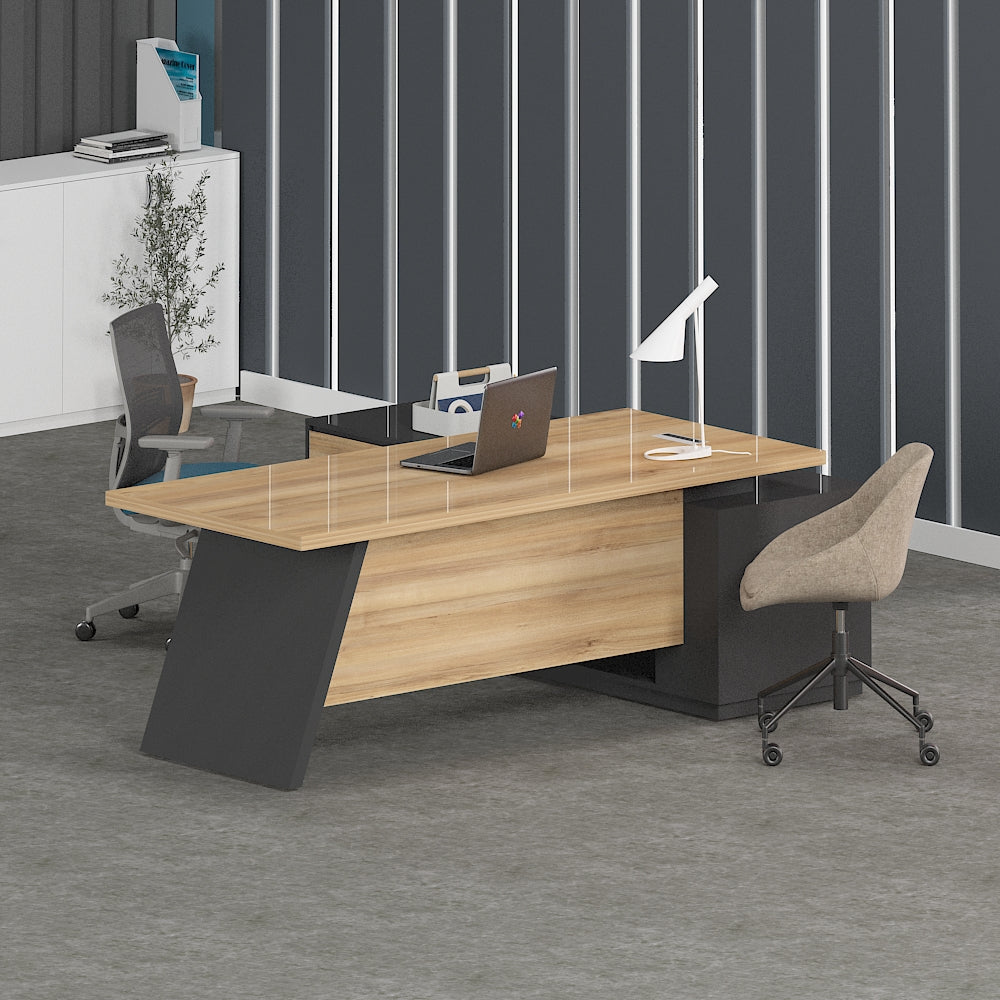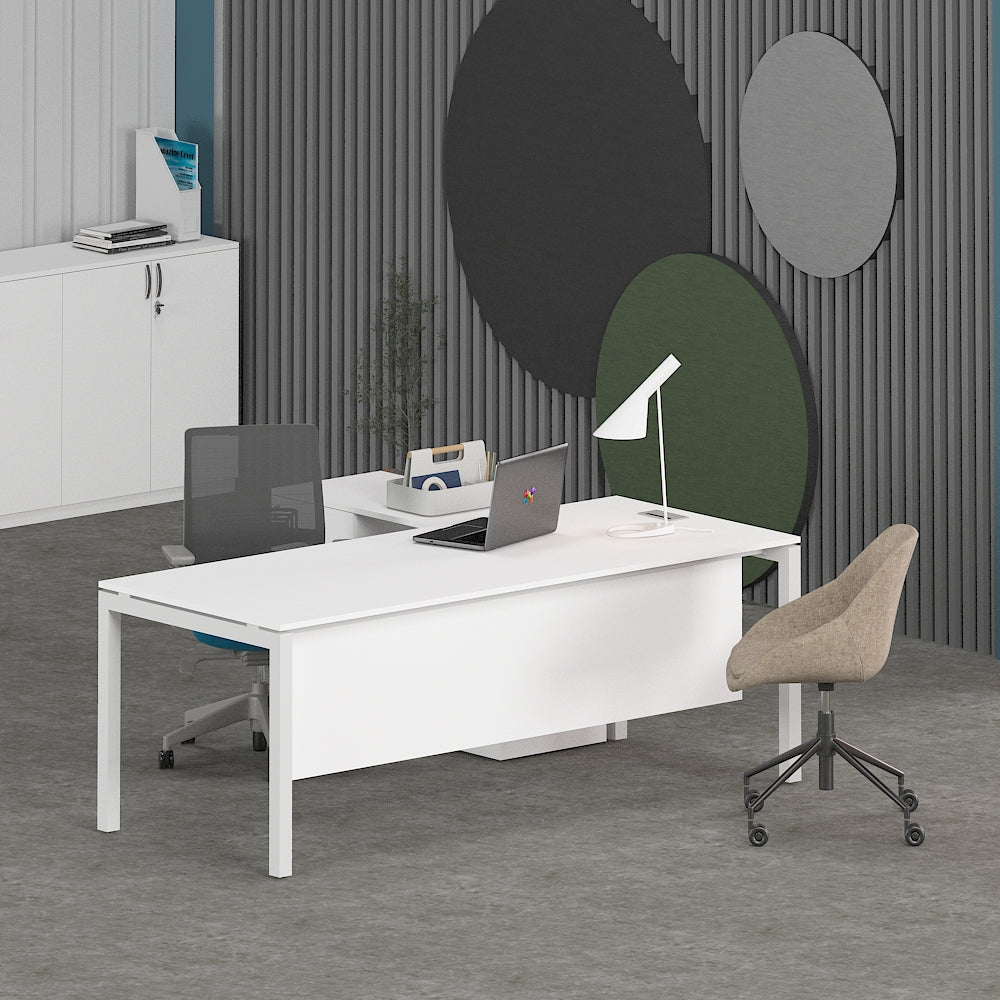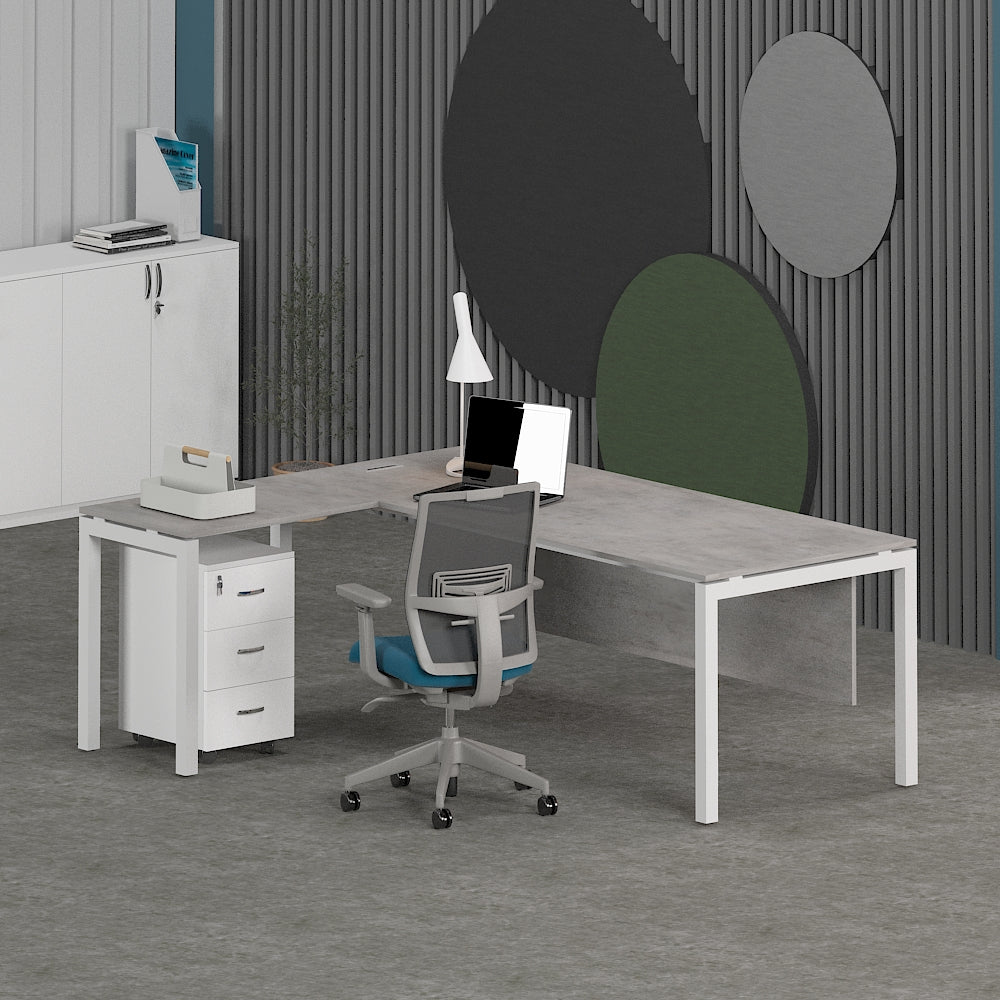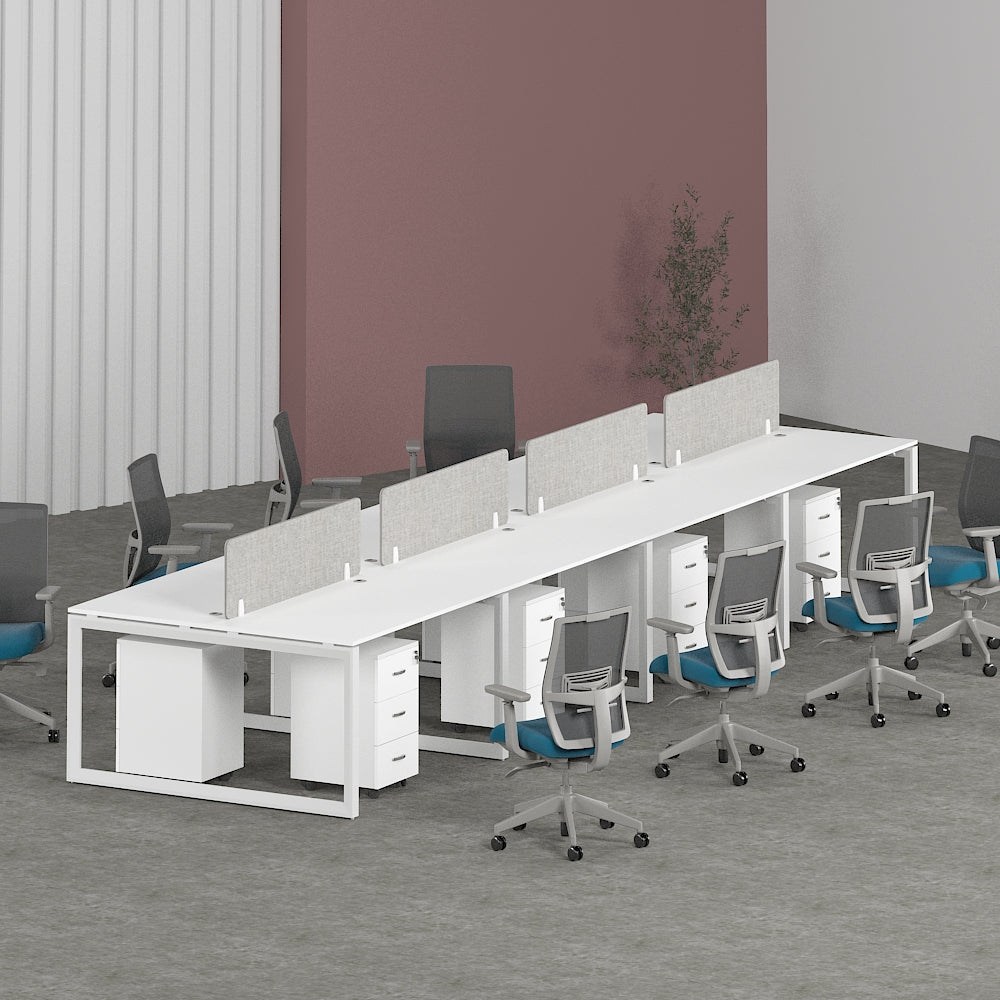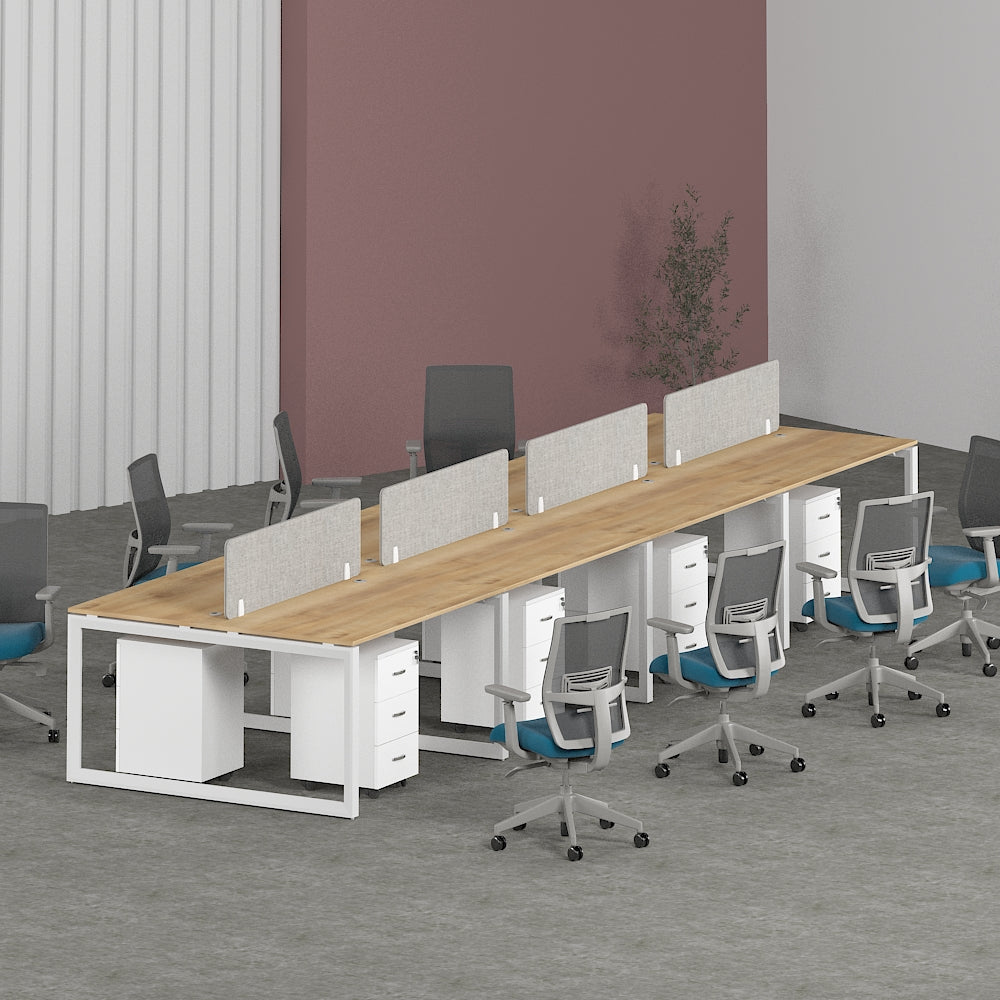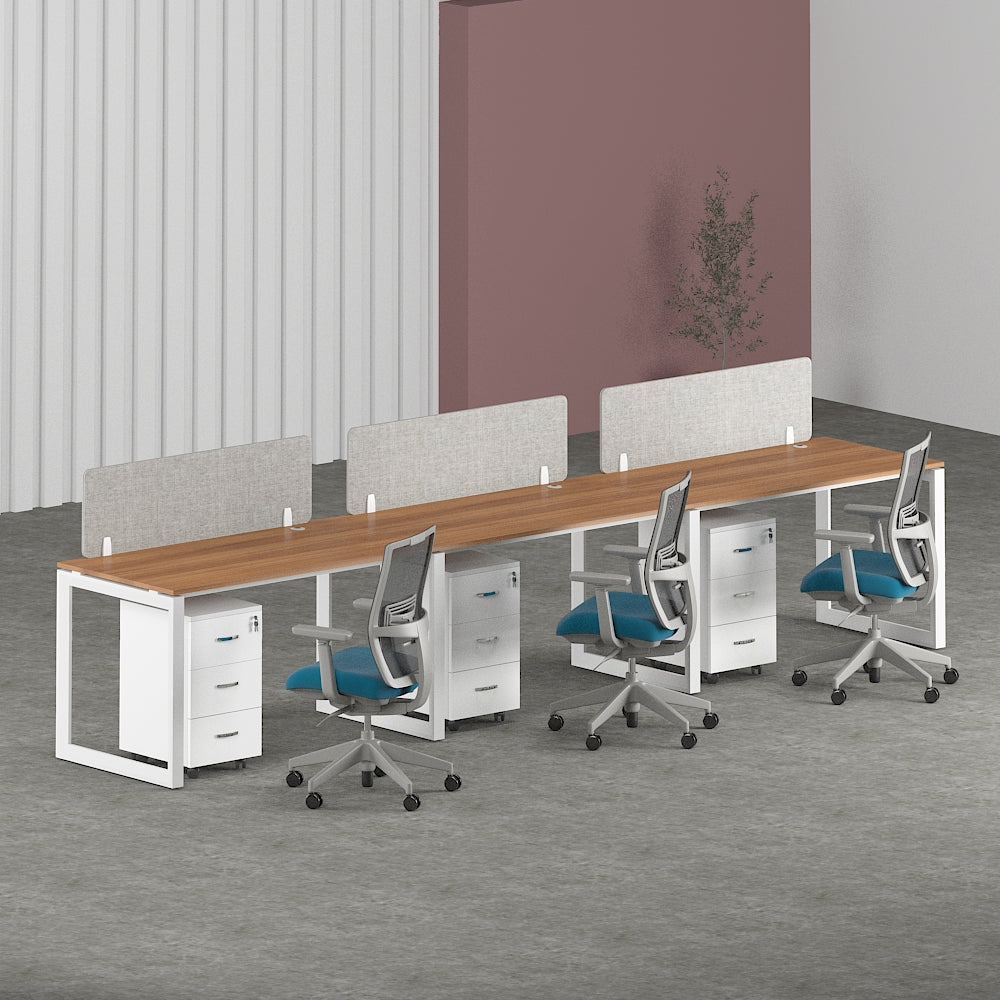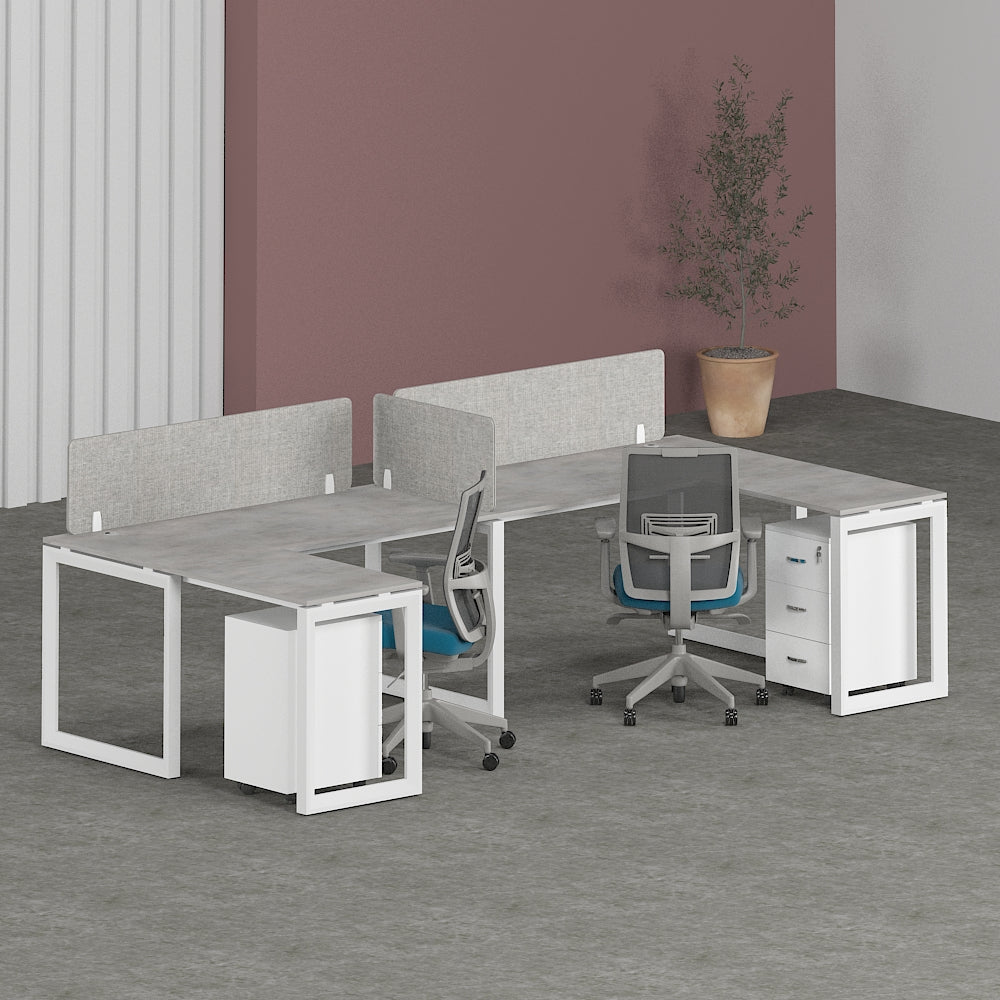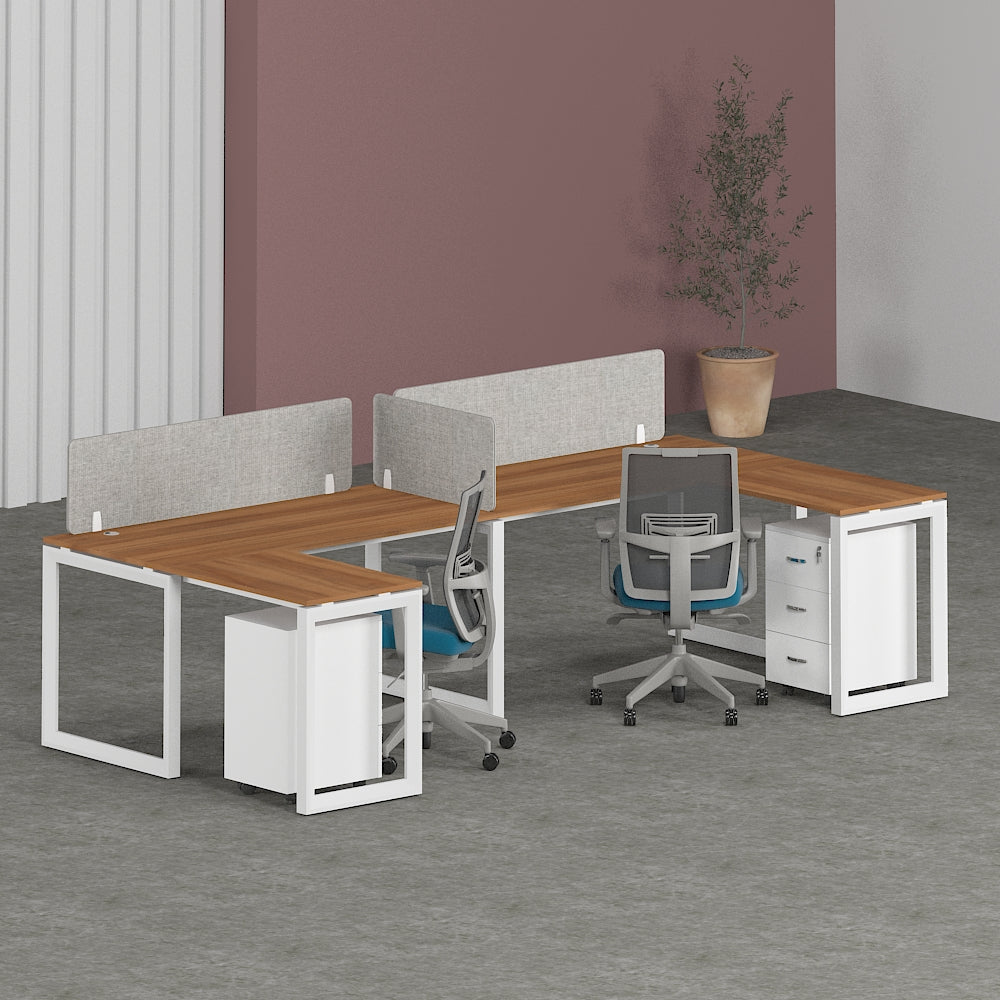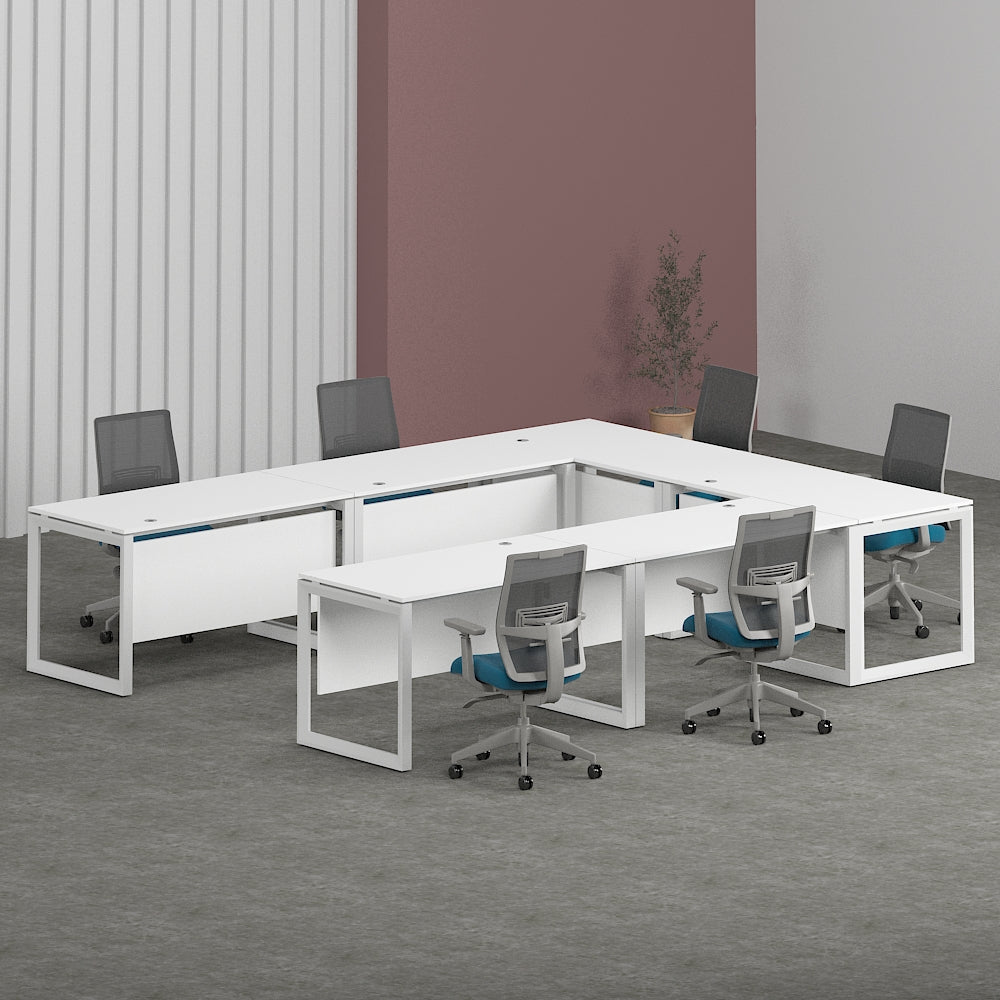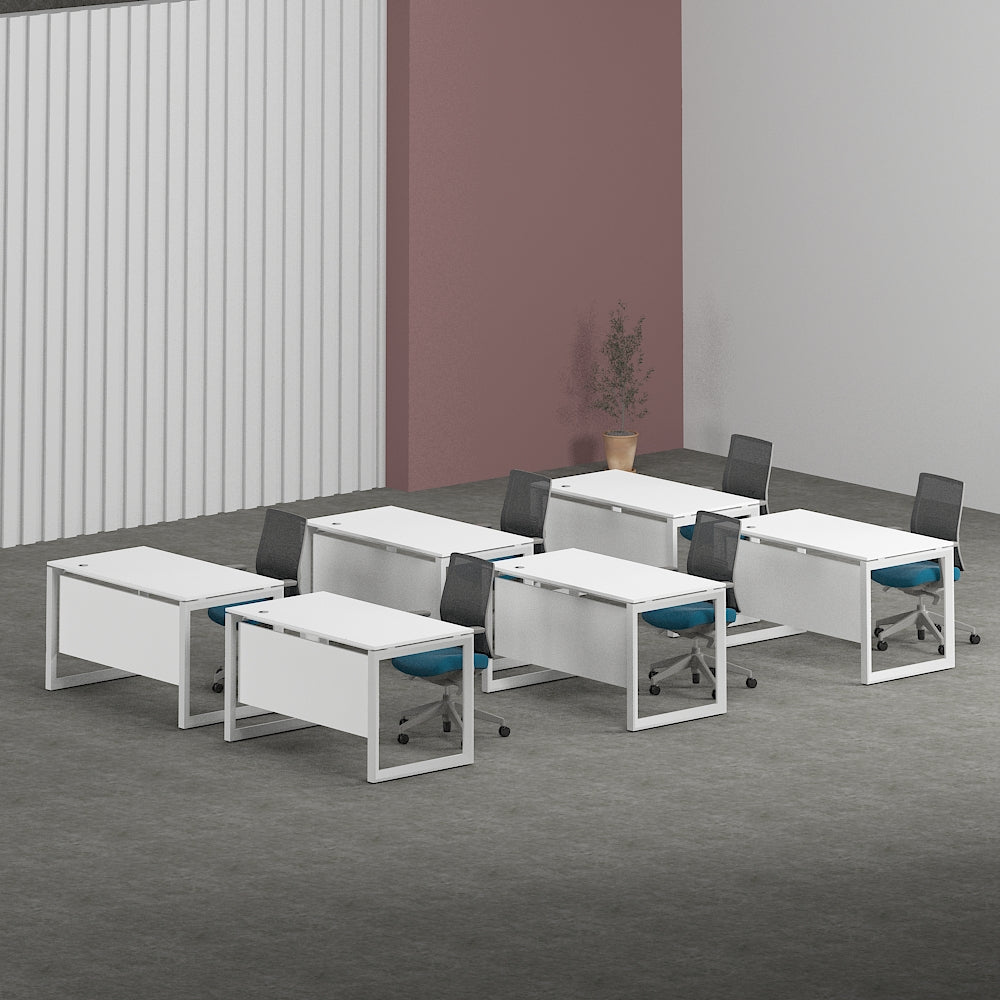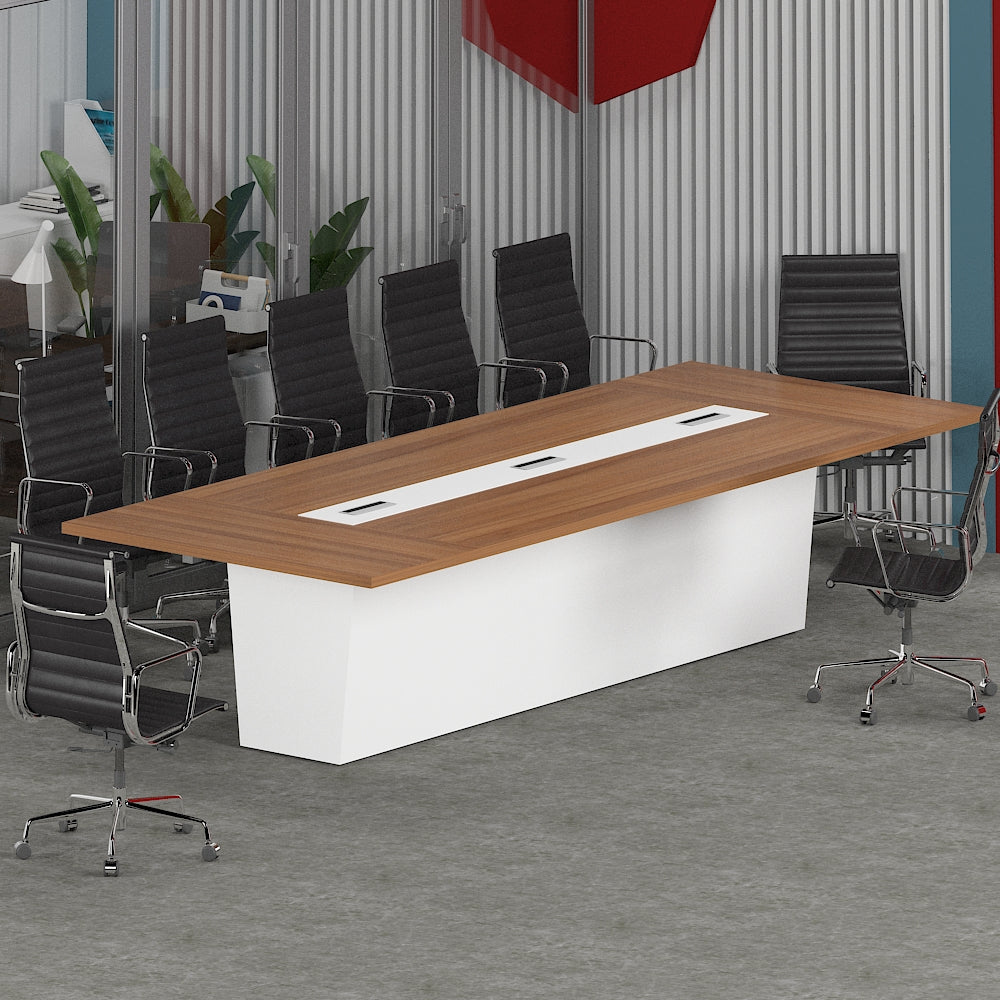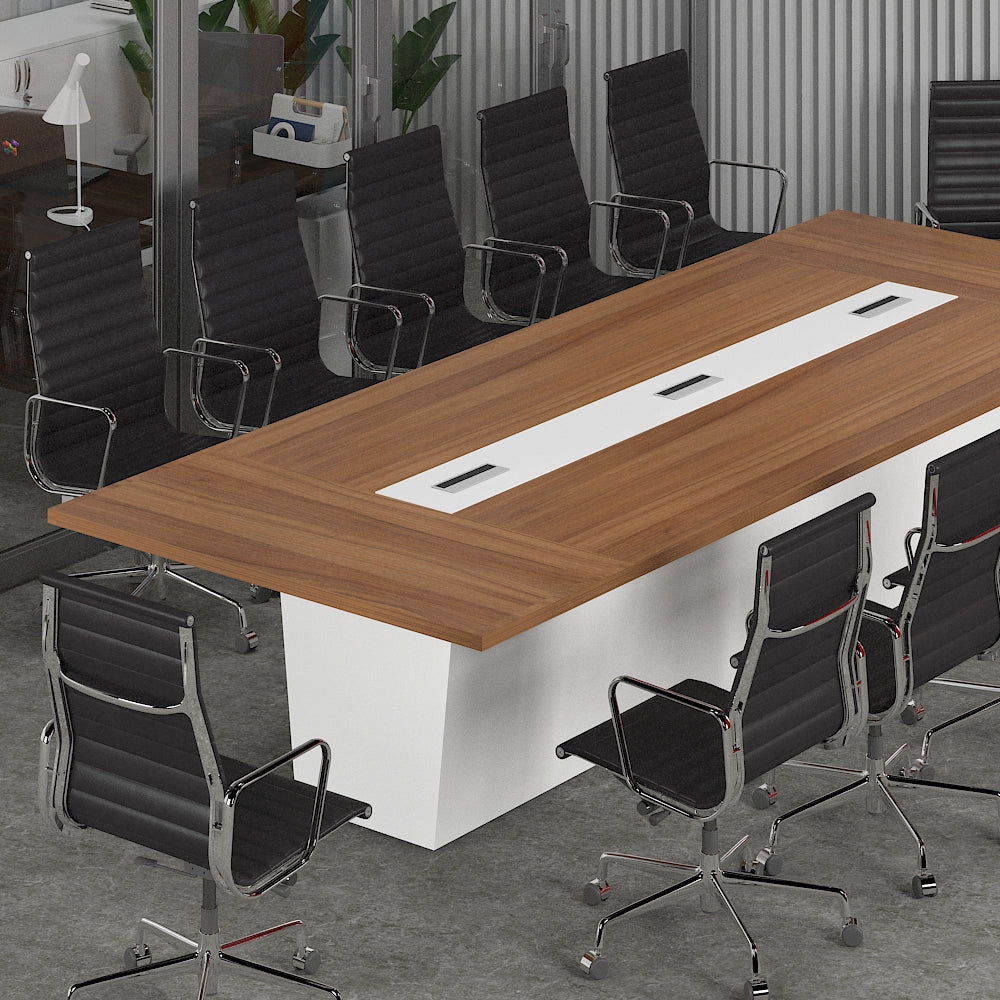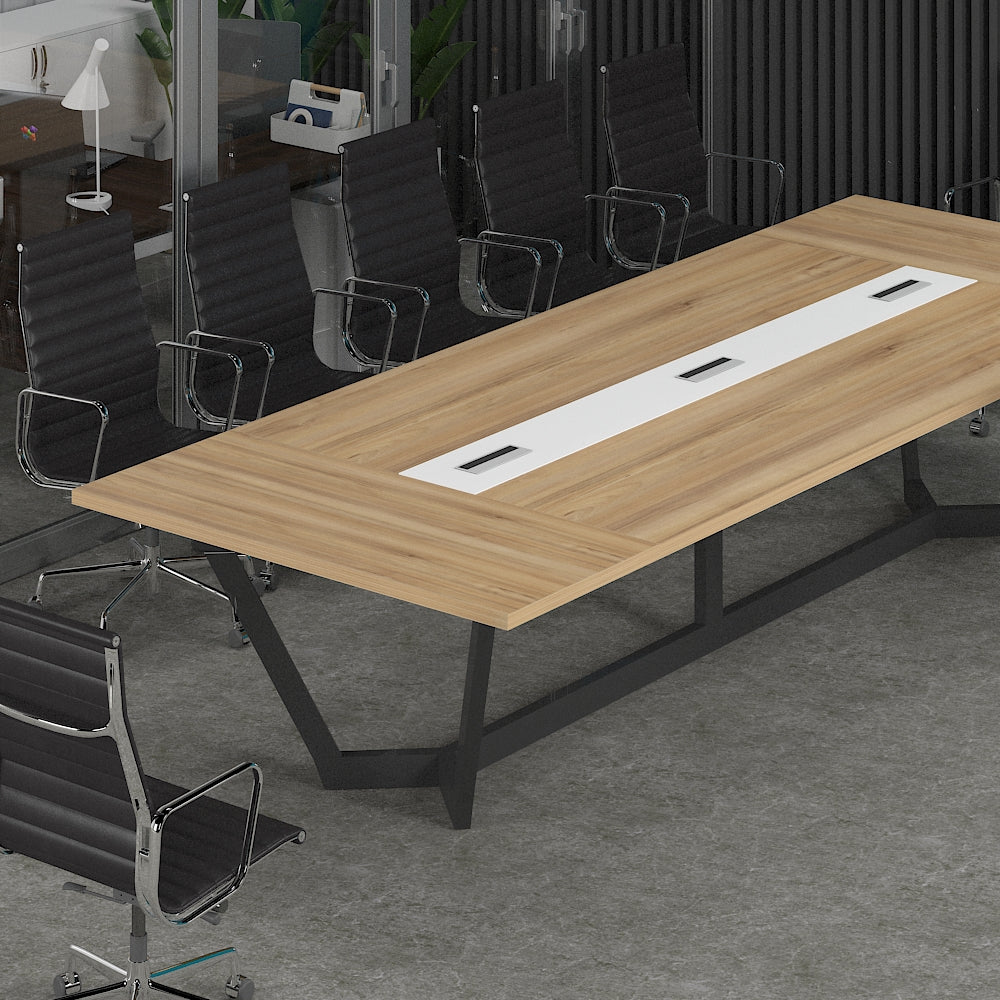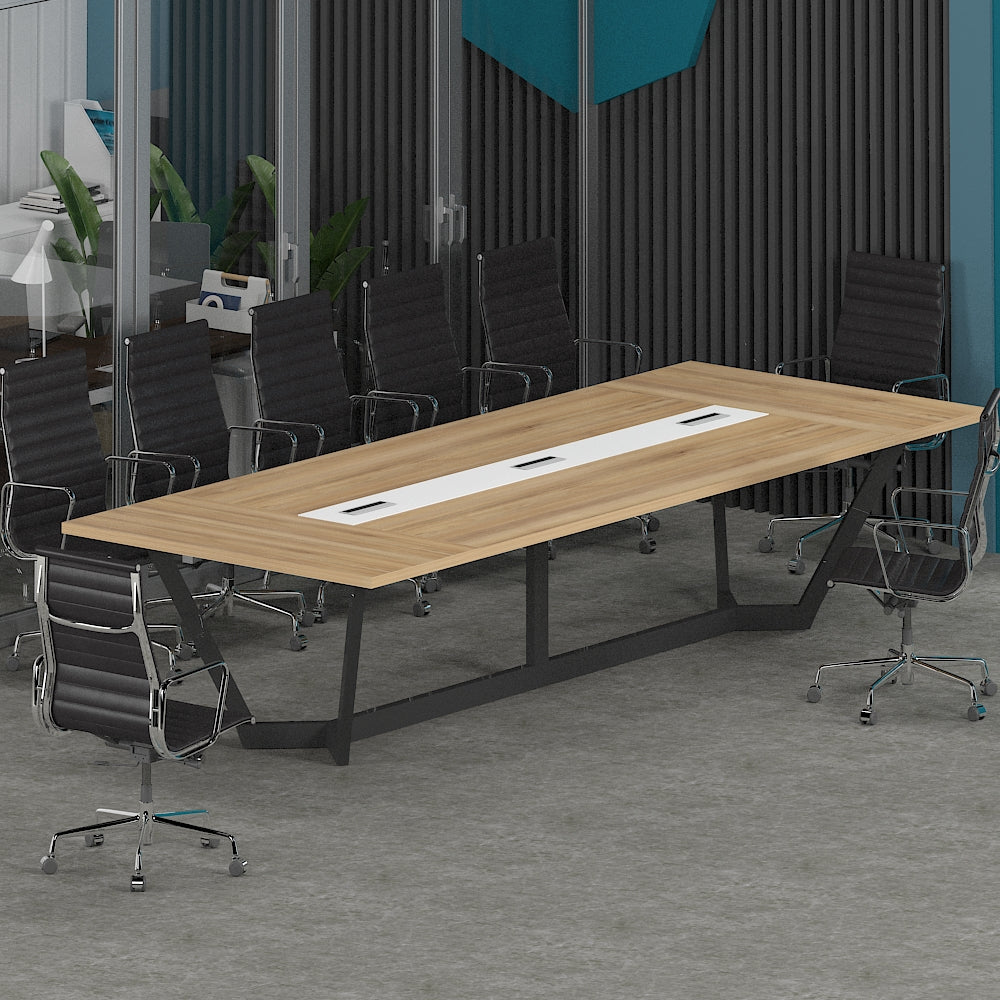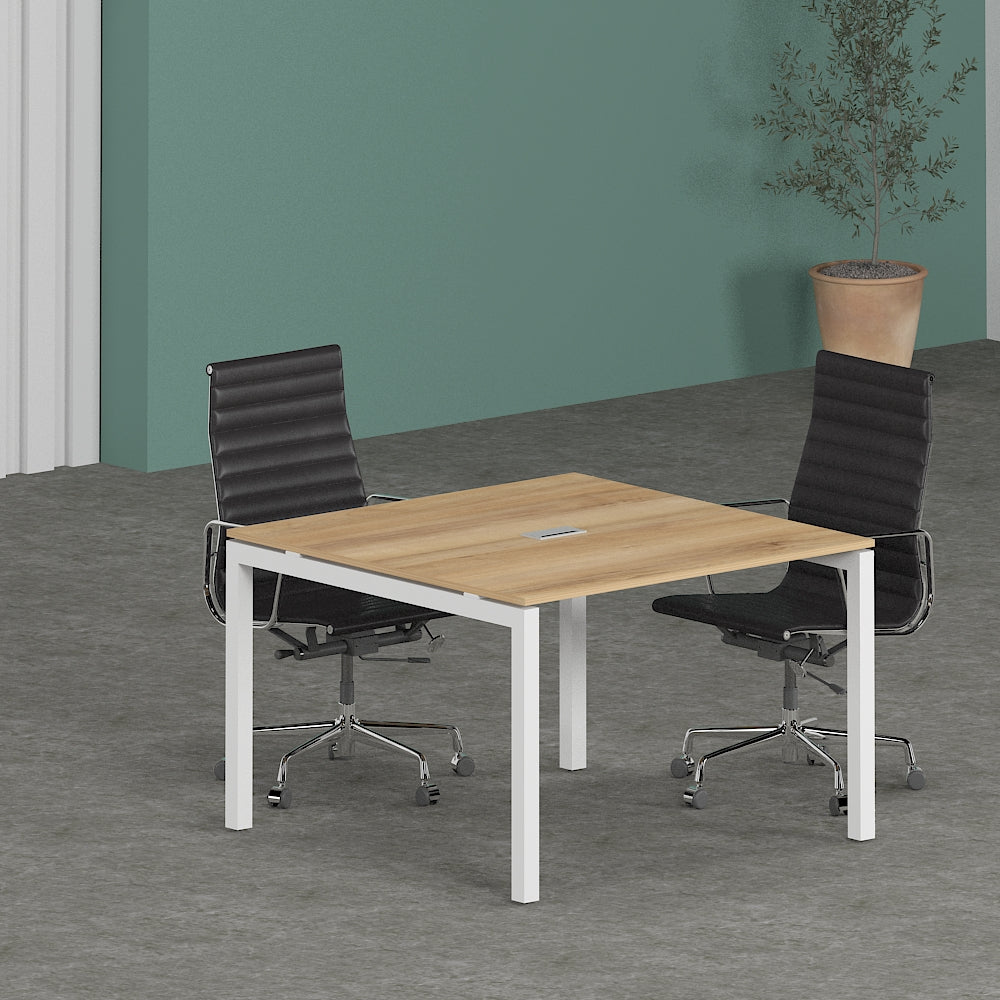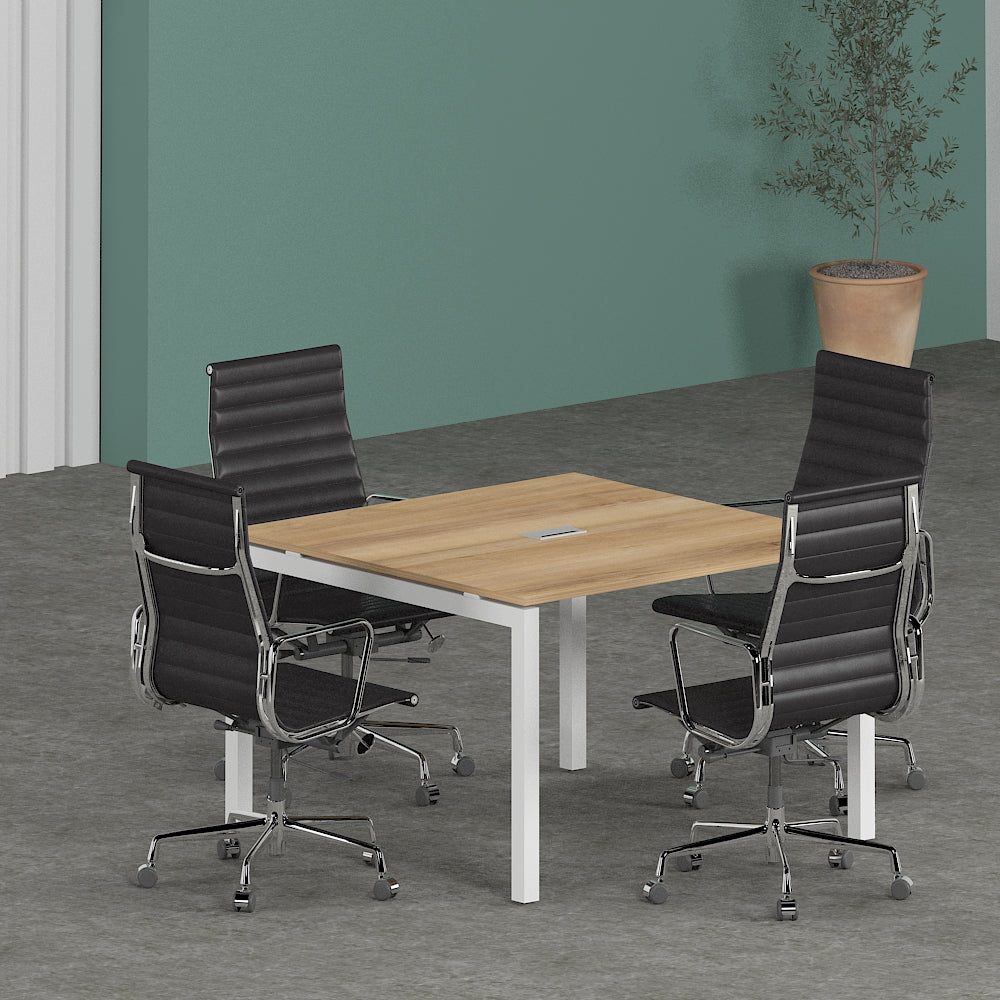How Much Budget Do You Need for Office Furniture in Dubai?
When setting up or revamping an office space, one of the primary considerations is the budget for office furniture. Finding the right balance between quality, aesthetics, and affordability is crucial for creating a conducive work environment without breaking the bank. In this article, we'll delve into the intricacies of budgeting for office furniture in Dubai, exploring factors to consider, pricing insights, budgeting tips, and more.
1. Introduction
Office furniture plays a pivotal role in shaping the ambiance and functionality of a workspace. From desks and chairs to storage units and décor elements, every piece contributes to the overall productivity and comfort of employees. As businesses in Dubai strive for excellence, investing in suitable office furniture becomes imperative.
2. Understanding the Factors Affecting Office Furniture Budget
Before diving into budgeting specifics, it's essential to grasp the key factors that influence office furniture costs. These include:
Quality of furniture: Higher quality often comes with a higher price tag but promises durability and comfort. Quantity required: The size of your office and the number of employees determine the quantity of furniture needed. Brand preferences: Established brands may command premium prices, while lesser-known brands offer more budget-friendly options. Customization options: Tailored solutions and unique designs may incur additional costs. Delivery and installation charges: Factor in transportation and assembly expenses, especially for bulk orders or specialized items.
3. Setting Your Budget
Begin by assessing your office's furniture requirements. Take into account the number of workstations, meeting areas, and common spaces. Research price ranges for different furniture pieces, considering both online and offline suppliers. Allocate funds for each category of furniture, prioritizing essential items while keeping room for flexibility.
4. Exploring Office Furniture Pricing in Dubai
Dubai boasts a diverse market for office furniture, ranging from budget-friendly options to luxury collections. Conduct thorough research to compare prices and quality among various suppliers. On average, desks, chairs, and storage units may range from affordable to premium, depending on material, design, and brand reputation.
5. Budgeting Tips and Tricks
Negotiate with suppliers to secure favorable deals, especially for bulk purchases. Consider alternative options such as refurbished furniture or rental services for temporary needs. Prioritize essential pieces like ergonomic chairs and functional desks while leaving room for aesthetic enhancements.
6. Calculating Your Office Furniture Budget
Use online calculators or consult with experts to estimate your office furniture budget accurately. Factor in additional expenses such as taxes, shipping fees, and installation costs. Break down your budget by category to ensure comprehensive coverage of all furniture requirements.
7. Balancing Quality and Cost
While cost-effectiveness is essential, don't compromise on quality when it comes to office furniture. Invest in durable pieces that withstand daily wear and tear, minimizing the need for frequent replacements. Strike a balance between affordability and reliability to maximize the value of your investment.
8. Shopping for Office Furniture
Explore a variety of shopping options, from online platforms to physical showrooms. Take advantage of discounts and promotions offered by suppliers, especially during seasonal sales. Visit multiple stores to compare products firsthand and negotiate better deals.
9. Hidden Costs to Consider
In addition to the upfront cost of furniture, factor in hidden expenses such as maintenance and upkeep. Budget for warranty fees to safeguard against unforeseen damages or defects. Anticipate potential renovation expenses if customizations or alterations are required.
10. Making the Most of Your Budget
Optimize your office layout to maximize space efficiency and functionality. Invest in multi-functional furniture that serves multiple purposes, such as convertible desks or modular storage units. Prioritize investments that enhance productivity and employee well-being.
11. Case Studies: Successful Budgeting Strategies
Learn from real-life examples of businesses in Dubai effectively managing their office furniture budget. Discover innovative approaches and practical tips for optimizing resource allocation and achieving long-term cost savings.
12. Future Trends in Office Furniture Budgeting
Stay ahead of the curve by exploring emerging trends in office furniture design and budgeting. Embrace technological advancements such as smart furniture and sustainable materials to align with evolving consumer preferences and industry standards.
13. Frequently Asked Questions (FAQs)
Q1. How do I determine the right quantity of office furniture for my workspace?
A: Assess your office layout and workforce size to determine the number of workstations, meeting areas, and common spaces required. Consider future growth projections to accommodate potential expansion.
Q2. Are there any budget-friendly alternatives to purchasing new office furniture?
A: Yes, consider options such as refurbished furniture, rental services, or purchasing pre-owned items. These alternatives offer cost savings without compromising quality.
Q3. What are some negotiation tactics for securing better deals on office furniture?
A: Research market prices, leverage bulk purchasing power, and be prepared to walk away if negotiations aren't favorable. Building a rapport with suppliers can also lead to discounts or additional perks.
Q4. How can I ensure the longevity of my office furniture to minimize replacement costs?
A: Invest in high-quality, durable furniture, and follow proper maintenance practices. Implement ergonomic guidelines to reduce wear and tear caused by misuse or improper usage.
Q5. What role does office furniture play in employee productivity and well-being?
A: Well-designed and comfortable furniture contributes to a positive work environment, enhancing employee morale, satisfaction, and overall productivity. Ergonomic features promote better posture and reduce the risk of musculoskeletal issues.
14. Conclusion
Budgeting for office furniture in Dubai requires careful planning, research, and strategic decision-making. By understanding the factors influencing costs, setting realistic budgets, and exploring cost-effective options, businesses can create functional and inviting workspaces while optimizing resource utilization. Embrace innovation and prioritize investments that deliver long-term value to your organization.
In conclusion, investing in quality office furniture is an investment in your company's success. By striking the right balance between cost and quality, businesses can create inspiring work environments that foster productivity, collaboration, and employee satisfaction.
